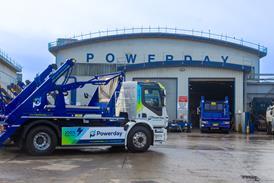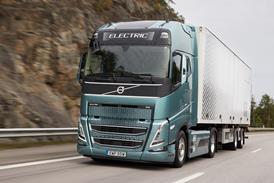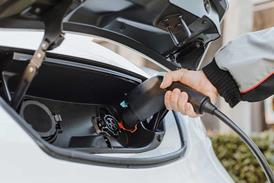Internet of Things can safely improve efficiency of logistics operations
Supply chains are constantly battling challenges, with unforeseen delays, restrictions and thefts causing disruption at every turn. More recently, the pandemic threatened the continuity of supply chains more severely than any event in recent memory.Lockdowns imposed across Europe and the rest of the world in response have caused disruption to ...
This article is for registered users only
Please login or create a FREE account to read the full article
Want to read more?
Register now for free to access the full article.
To access our great content on the Motor Transport website and to get a free copy of our weekly Executive Brief newsletter.
Once registered, you’ll get access to:
- In-depth breaking news every working day of the year
- All the best careers advice for you and your business
- Profiles of every winner at the Motor Transport Awards
- The richest set of road transport industry data in the UK
- You may also be eligible for a free print or digital copy of Motor Transport

















![Mercedes-Benz_eActros_600_(1)[1]](https://d2cohhpa0jt4tw.cloudfront.net/Pictures/274x183/8/1/8/17818_mercedesbenz_eactros_600_11_556244.jpg)





